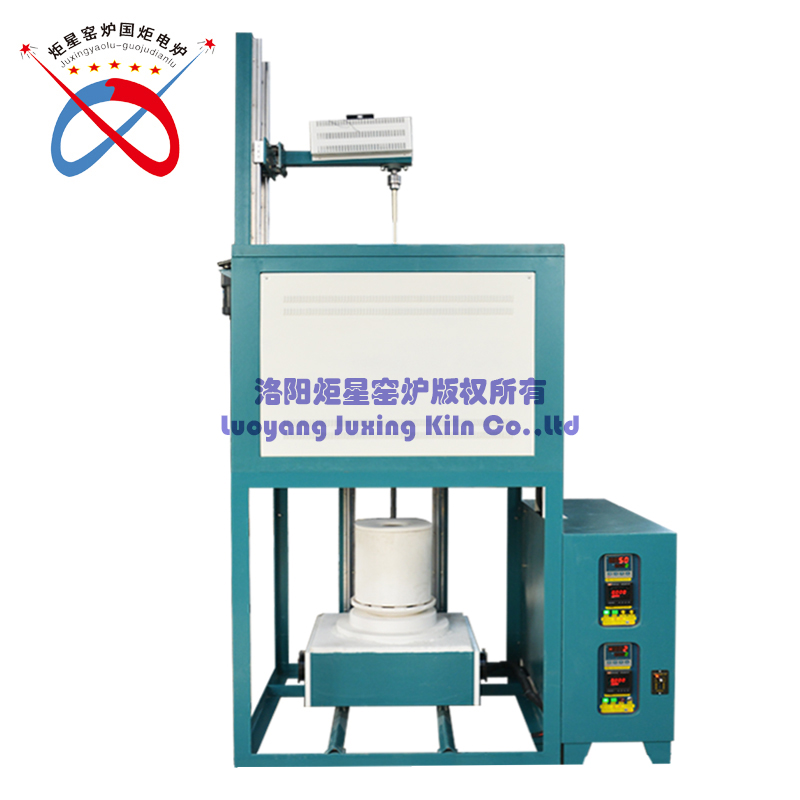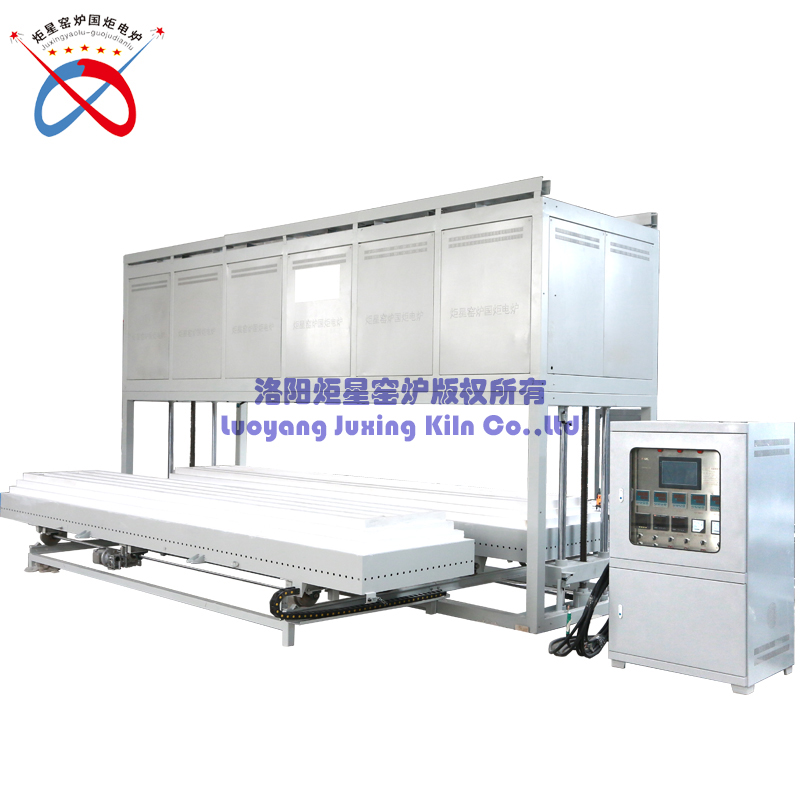Email:gwdlcom@gmail.com |
sales@gwdl.com
Telephone/WhatsApp:+86-15637962277

Ceramic bond grinding wheel melting furnace special equipment is well known in the art for ceramic bond grinding wheels and other abrasive articles. However, improvements in the materials and processes for making such grinding wheels and abrasive articles, as well as improving grinding performance, higher efficiency, longevity, and economics, remain a research topic. Improved abrasive particles and methods for their manufacture, as well as improvements in the composition and properties of ceramic bond materials, are systematically incorporated into the art. In many cases, this improvement has resulted in good grinding performance, lower cost, improved product and longer wheel life, but benefits and performance still need to be improved, especially because of the improved process The accuracy, accuracy, performance and basic components of the equipment place higher demands, and the increased competition makes the performance of the grinding wheel and the economic characteristics of the grinding operation more important.

The picture above is: ceramic grinding wheel sintering furnace (3 cubic meters)
The ceramic bond grinding wheel basically has abrasive particles or abrasive grains (such as alumina abrasive) combined with ceramic materials formed and/or melted during the sintering process of the grinding wheel manufacturing, and another material (such as solid lubricant). Sometimes used in the manufacturing process of grinding wheels. Ceramic bond wheels can be roughly graded from soft to hard depending on their porosity, structure and grinding action. Soft wheels tend to wear out quickly and are structurally fragile. The use of a soft grinding wheel at low speeds and relatively slight grinding conditions can result in rapid breakage and loss of abrasive particles. On the other hand, the hard grinding wheel has low wear, is resistant to breakage, and has high physical strength. These hard wheels are best suited for a) high speed, b) for grinding hard metals and alloys, c) fine grinding, and d) under harsh grinding conditions (eg high feed, high overload conditions).